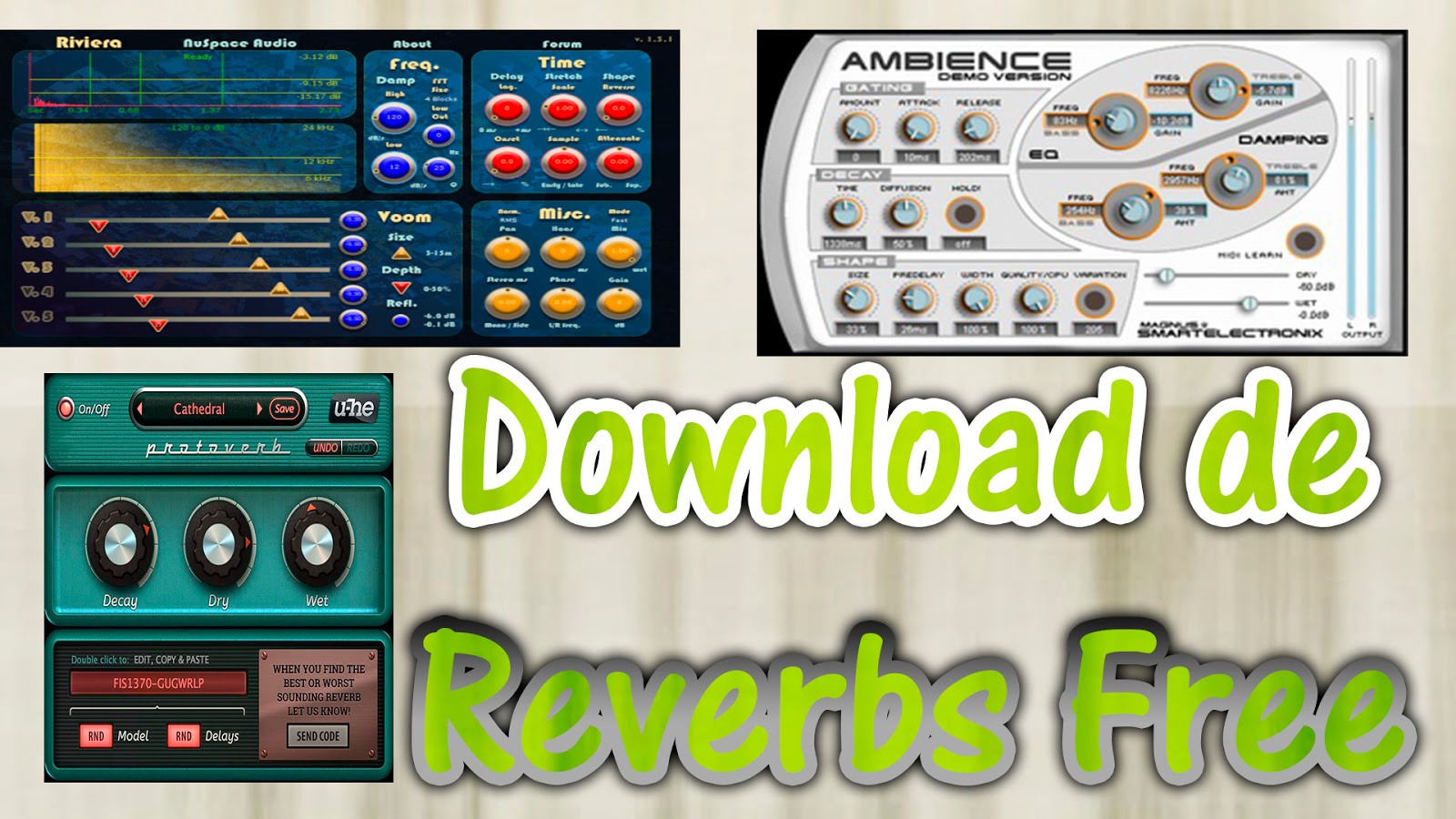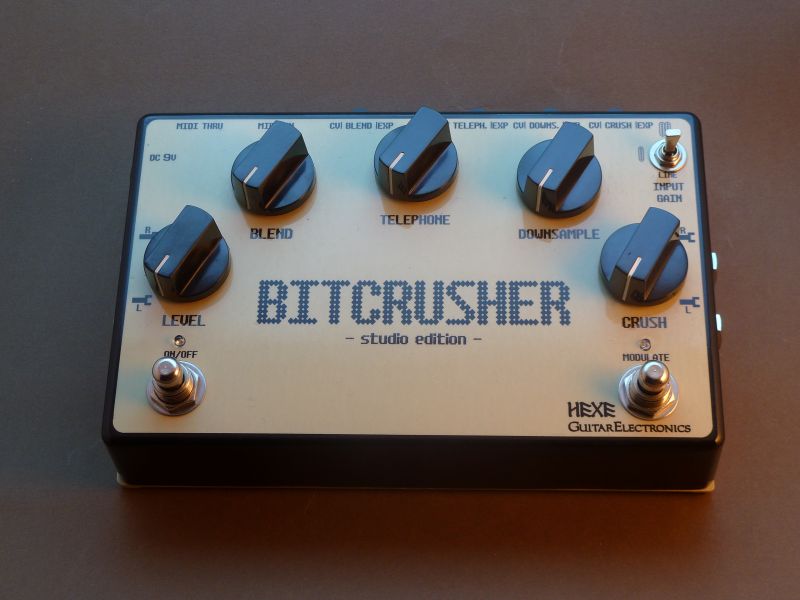Need a Pro Audio laptop to run Presonus Studio One 4 software and all of its features at its best? Check out the MC Mobile line of Pro Audio Laptops from PCAudioLabs. On the modern days of audio mixing, the digital tools that engineers use in order to shape the recorded sound are called Plugins. In this video, I show you how to mimic a bitcrusher/downsampler using FM Synthesis. I use Sytrus in tis video, but you should be able to use this technique.
You may have already used Ableton's bitcrusher effects Redux and Erosion to downgrade and degrade your audio material, but have you used it in a creative manner to construct breakdown sections in your productions? I'll show you how you can use these bitcrushers in combination with automation to create breakdown sections.
- Then apply some sort of slight bitcrush. Ableton has a builtin 'Redux' filter that I was able to create the same sound with by applying a subtle crush onto the reverb tail. It sounds to me like the bitcrush is fading out, but you can't just automate the bitcrush down to get that effect (because that will change the pitch of the bitcrush).
- Bitcrush can be used to create distorting effects that sound like that of scraping analog radio, or inherently lo-fi sound sources, like old video games: Rate display - Down sample the signal to a minimum of 200 Hz. Bits knob - Quantize the amplitude of each sample of the signal. A lower value will result in a more distorted sound.
Step 1 ' Add The Redux

To get started, I have opened up an Ableton project of mine. I want to add a breakdown section after the second chorus. I'm going to extend the Chorus section. On this extended section I am going to automate some of the effect parameters on a Redux plug-in.
How To Bitcrush Audiobooks
I'll be adding the processing effects to the Master Track. Add the Redux plug-in to the Master Track. Playback you track, and start tweaking the Bit Reduction and Downsample parameters, and see what effect it has on your audio.
Step 2 ' Automate The Downsample
I prefer setting the Downsample to Soft than to the default Hard when the effect is launched. Leave the Bit Reduction set at 16, as it is the Downsample that I want to automate. Make sure you are in the Arrangement View (View > Arrangement), then start moving the Downsample parameter, it should now be selected as the automation parameter in the Arrangement View. Or else go to Redux > Sample Soft. You'll see when you move the red line on the Arrangement View that the Downsample parameter on the Redux moves as well. Let's draw in an incline from the start of the breakdown section to the end of the breakdown section. To enable the draw tool, you can use the shortcut Command-B. This inclination will increase the Downsample rate and degrade the audio.
Step 3 ' Automate the Bit Reduction
You can get a greater degrading effect by automating the Bit Reduction as well. First enable the Bit Reduction, by switching the Off box to On. Then to view the Bit Reduction parameter, either tweak it on the plug-in to view it in the Arrangement View, or by choosing Redux > Bit Depth in the Automation lane box.
Now draw in some automation over the course of the breakdown. This time draw in a decrease on the Bit Depth automation lane.
Take a listen to the bit reduction and edit it if there are any sections that can sound smoother.
Step 4 ' Try The Erosion
I am also a fan of the Erosion plug-in. Add this after the Redux. I'm going to leave Erosion set to its default parameters when it is launched. I want to automate the Amount parameter, and this will be working with the Sine wave as the wave source.

As we did before, change the value of the Amount parameter so that you can see this lane in the Arrangement View. Now draw in an increase in this parameter over the course of the breakdown. This Sine Noise will further degrade the audio.
Step 5 ' Even Better, Add Some Reverb
How To Bitcrush Audio Book
Once you are happy with the bit reduction, let's add some other processing to further enhance the effect. I find long automated reverbs can really add to this. Add the Reverb plug-in. I have a long Decay Time of 1.84 seconds. Set the Dry/Wet to 0%. Increase this parameter over the course of the breakdown. Hear how this heightens the effect.

One last thing I want to do is drop the master volume slightly through the duration of the breakdown. Then when it hits the next section, the volume will jump back up to the original volume, making it appear louder when it kicks in.
Dblue Bitcrusher
In this article I have applied the bit reduction to the master track to demonstrate its effect, but you could apply the same steps to individual tracks so that some elements get degraded while the other tracks remain unprocessed. This will depend on your track, but just keep this in mind that you can apply the processing in different ways, not only on the master track.
Conclusion


Bitcrushing is a great way to add to your song arrangements through automation over a course of time in Ableton. I find that this combined with other processing effects can really push the track back in the mix, and then you can bring the whole arrangement back to the forefront when it kicks back in. These dynamic effects can really create interest in your productions. Try them out in your next Ableton project.
Download the Ableton Live Project file here.
For further tips and techniques on Ableton take a look at the following tutorials:
Related Videos
